Alert 101: OSTEOARTHRITIS vs. RHEUMATOID ARTHRITIS
-Arthritis Care
Scenario:
Anne had been a sales manager for 28 years. Now that she has retired, she is starting to feel the pangs of long term standing when she was once working. Oftentimes, she feels pain on her knees and she could see redness and swelling on the same area. The same sensation started spreading towards her hips, her elbows, and shoulders. She went for a consultation, and after a series of laboratory tests. What would Anne's diagnosis be?
Arthritis is the inflammation of joints also known as rheumatism. Affects people of all ages, including children and of some kinds affect people in particular age groups. Pain, aching, stiffness and swelling in bones, joints and muscles are the most common symptoms of arthritis. It is not a diagnosis itself; it is a general term that acknowledges that something is wrong.
The types of arthritis are Osteoarthritis, Rheumatoid Arthritis, Gout and Lupus
By this time, we will be focusing on Osteoarthritis and Rheumatoid Arthritis since these two were the most common one's.
Osteoarthritis vs. Rheumatoid Arthritis
Osteoarthritis
Is a condition which usually develops gradually over several years, and affects a number of different joints. Considered wear and tear arthritis, but it is now thought there are many more factors that age and use that contribute to the development of osteoarthritis- including obesity, past injury and genetics.
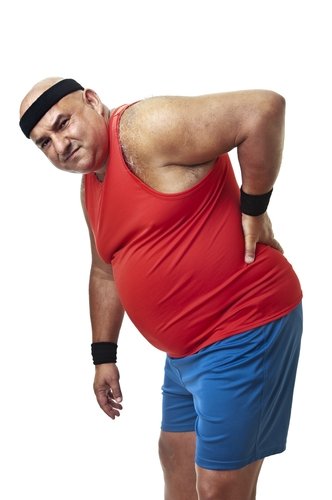
Osteoarthritis occurs when cartilage, the tissue that cushions the ends of the bones within the joints, break down and wears away. In some cases, all of the cartilage may wear away, leaving bones that rub up against each other. Common in hands, knees, hips, feet and spine.
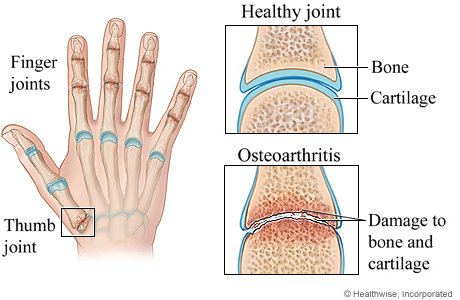
Signs and symptoms!
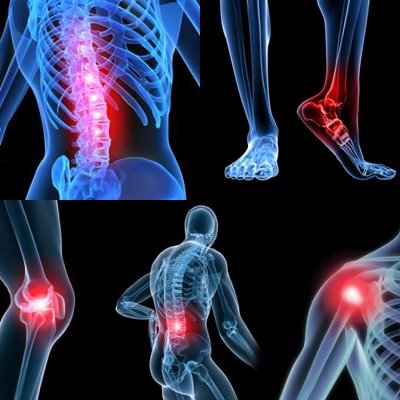
• Stiffness in a joint after getting out of bed or sitting for a long time
• Swelling in one or more joints
• Crunching feeling or the sound of bone rubbing on bone
- What can you do? +
You can reduce pain and stress on your joints by finding exercise and relaxation techniques that work for you. Consulting a physiotherapist is advisable. +
Rheumatoid Arthritis
An inflammatory disease mainly affecting joints and tendons, but in a flare-up, other organs can be affected. The body's natural defenses (the immune system) are part of the problem wherein it somehow put itself into reverse and attacks certain parts of the body instead of protecting it.
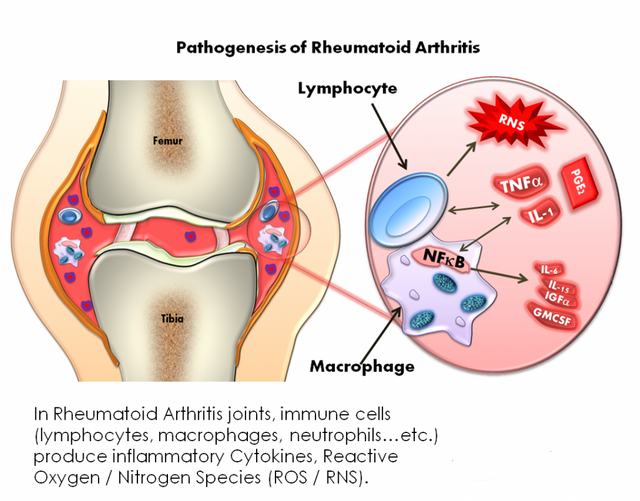
Rheumatoid Arthritis occurs when the immune system turns against parts of the body it is designed to protect, causing pain, swelling, stiffness and loss of mobility in the joints.
The wrist joints and finger joints closest to the hand are the most common affected areas.
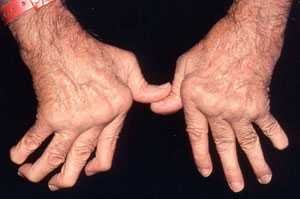
Signs and symptoms!
- Pain
- Swelling
- Stiffness
- Loss of joint movement
- What can you do? +
Learn to pace yourself. Acknowledge and accept help for heavy and difficult tasks since it will enable you to conserve your energy for the things you can do. Find a balance between relaxation and exercise. Consulting a physiotherapist is advisable.
=
Here are some common questions about ARTHRITIS:
1.What does one develop arthritis?
Arthritis Research UK says that most types of arthritis are caused by a combination of several factors working together. The following factors may contribute towards a higher arthritis risk:
- Your genetic make-up
- A physically demanding job, especially one with repetitive movements
- A previous injury
- Some infections or allergic reactions may cause short-term arthritis. When it is caused by an infection it is known as "reactive arthritis"
- For a number of people certain foods can either bring on arthritis symptoms, or make existing ones worse
- Obesity, which places extra strain on joints
- Arthritis may also be caused by autoimmune disease
2.Are people with arthritis at risk for developing other diseases or disabilities?
According to the National Health Interview Survey conducted in 2007 in the United States, nearly one in four adults with arthritis (24%), also had heart disease. The most common co-morbidity among adults with arthritis was heart disease. Among people with arthritis 19% (9.0 million) also had chronic respiratory conditions and 16% (7.3 million) also had diabetes. Of the four conditions studied, stroke was the least common condition and affected 3.2 million people with arthritis.
3.Can I recover or get treated for my arthritis?
The prognosis in patients with osteoarthritis depends on the joints involved and on the severity of the condition. No proven disease- or structure- modifying drugs for osteoarthritis are currently known; consequently, pharmacologic treatment is directed at symptom, particularly pain, relief. A systemic review found the following clinical features to be associated with more rapid progression of knee osteoarthritis:
- Older age
- Higher BMI
- Varus deformity
- Multiple involved joints
As for rheumatoid arthritis (RA) , outcome is compromised when diagnosis and treatment are delayed. The clinical course of RA is generally one of exacerbations and remissions. Approximately 40 % of patients with this disease become disabled after 10 years, but outcomes are highly variable. Some patients experience a relatively self-limited disease, whereas others have a chronic progressive illness.
4.How is arthritis diagnosed?
During the physical exam, your doctor will check your joints for swelling, redness and warmth. He or she will also want to see how well you can move your joints. Depending on the type of arthritis suspected, your doctor may suggest some of the following tests.
- Laboratory Test .The analysis of different types of body fluids can help pinpoint the type of arthritis you may have. Fluids commonly analyzed include blood, urine and joint fluid.
- Imaging. Some of the imaging tests that can detect problems include X-rays, CT scan, MRI or Ultrasound.
5.How do I manage arthritis?
- Diet
-Healthy eating habits can help some people with arthritis. For example, if you are overweight and have arthritis. one of the most important things you can do to help yourself is to look at healthy eating and physical activity as ways to help you achieve and maintain a healthy weight.
-It is important to consider that your regular diet should provide the range of nutrients that you body needs. These could be acquired by eating a variety of foods which can assure you that you are getting all the nutrients that you need.
-If you are overweight, you will probably be advised to lose some weight to take strains off your joints. If you need help and advice about diet you can refer to a nutritionist-dietitian
-Stiff joints which aren't exercised become stiffer and may, in the end , stiffen up altogether. Regular and gentle exercise can help keep the joints flexible. It keeps you mobile , it reduces pain, it relieves stress (because it is relaxing) and it protects the joints by keeping muscles strong.
-Resting is also important especially when there is a lot of inflammation. However, guard against the danger of resting so much. Try to find the right balance.
-Celebrex (celecoxib) belongs to a group of drugs called nonsteroidal anti-inflammatory drugs (NSAIDS). It works by reducing hormones that cause inflammation and pain in the body. Celebrex is used to treat pain or inflammation caused by many conditions such as arthritis
-For the symptomatic treatment of osteoarthritis, the recommended dose of celebrex (celecoxib) is 200 mg administered as a single dose or as 100 mg twice per day.
-For the symptomatic treatment of rheumatoid arthritis, the recommended dose of celecoxib is 100 or 200 mg twice per day.
Sources:
Arthritis Care. Understanding Arthritis. 18 Stephenson Way, London NWI 2HD. 2011
Lipsky PE. Harrison's Principle of Internal Medicine. In: Isselbacher KJ
REMEMBER:
KNEES
K eep joints protected
N ever strain your joints
E xercise regularly and be active
Eat a balanced diet
See your doctor
Thanks for reading! Don't forget to upvote and follow me @annesaya
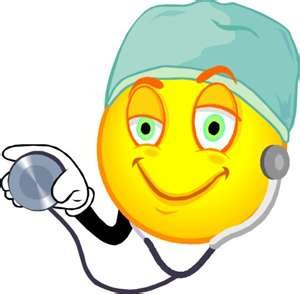
Health promotion has always been one of the best investments, however, few are interested in it. That is why, I congratulate you on this article ... We must always promote health.